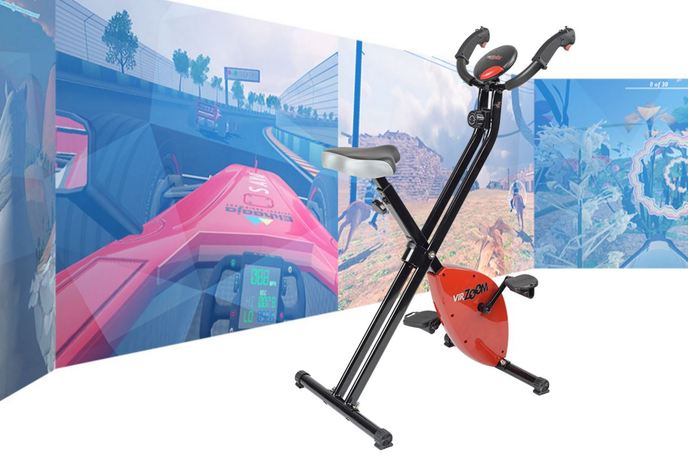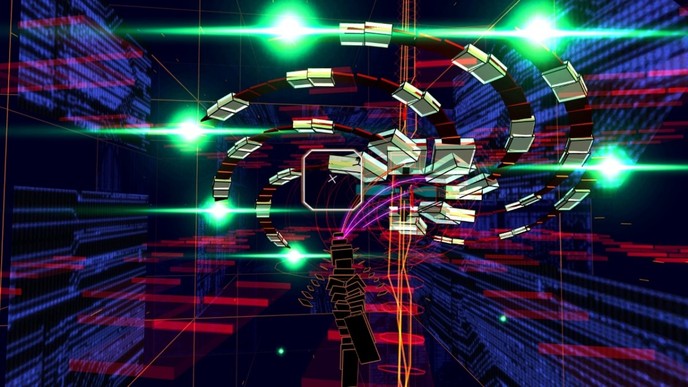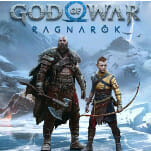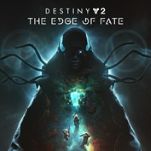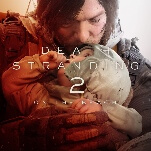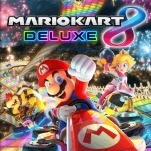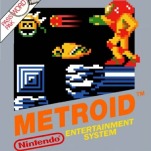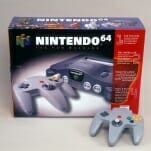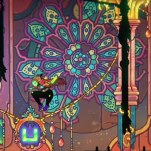Eight Things We Learned About VR at GDC 2016
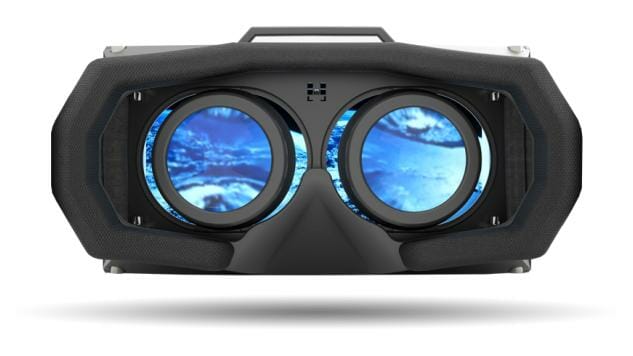
If there’s one thing the gaming industry has proven time and again, it’s that change is inevitable and happening sooner than you think. A decade ago, motion was the new input of choice. A few years back, everything was in 3D. This year, after a few seasons of ominous burblings, virtual reality is everywhere. Here are eight major takeaways from our time spent virtually at this year’s Game Developers Conference.
1. The Interest Level is High
GDC is close to celebrating its thirtieth year. But 2016 marks the inaugural VRGDC, with sessions devoted entirely to our new Virtual lords. On Monday, all of the talks focused on virtual reality were located in medium-sized rooms inside the West Hall of the Moscone Center, San Francisco’s sprawling suite of conference arenas located directly across from the Children’s Creativity Museum. These rooms were quickly packed with lines snaking around the hallway of frustrated attendees. By Tuesday, the organizers wisely moved all VR-related talks into giant rooms in the more spacious South Hall. Whatever VR is becoming, the people want to find out for themselves.
2. Less is Definitely More
The very first VR game I played back in 2013 was a first-person shooter where I was given a plastic gun to hold—reminiscent of those horrendous Wii Sports tennis racquet attachments—and was dropped into a full-scale assault under an elevated subway rail. Lessons, as they say, have been learned. On a two-dimensional High-Def screen, more details pop and fill in the world. In a virtual space, you’re already in that world. You feel it without as many polygons telling you where you’re supposed to be.
One of my favorite experiences in VR at GDC was a simple music-rhythm game called Disco Flux. Most of your playfield is black space. As the music starts, neon dots float toward you; as they near a target, which you control by tilting your head around, you push a button on your PS4 DualShock on the beat. The song continues, and soon the dots turn into jumping fish or spinning glyphs. You’re already bobbing your head to the rhythm; that same motion is what maintains your aim. The whole thing is self-contained and doesn’t ask too much. The intuitive head-control and TRON-ish aesthetic doesn’t overwhelm with unnecessary nuance and detail. In VR, environmental expectations swap places; a realistic city feels artificial, whereas an abstract fluorescent innerspace feels real.
3. Bikes Make it Better
The VirZoom is a stationary bicycle that you ride while hooked into a VR headset. But this is no Tour de France simulation. As of now, they are just showing off snippets of potential; the GDC experience is a sequence of five short demos, one after the other, and in theory is the dumbest thing I’ve done in some time. And yet.
In Stampede, I’m riding a horse through a western town, looking left and right to see saloons and old-timey banks whoosh past. In Pegaso, I’m actually the horse, this one with wings, and I take off from a cliffside road and fly high above a canopy of trees. In Go Fast Car, I’m in a Formula-1 car, low to the asphalt, other cars revving by; when someone drifts by there’s a golden retriever behind the wheel. I careen my head to the side and look into my own side-view mirror, and there’s me, a cute puppy with my tongue happily lolling out of my mouth, blasted by the wind in my face.
All the time, I’m pedalling the bike underneath to move forward. VirZoom sees this not as a exercise program—though the potential is there—but as a simple way to solve the problem of VR locomotion. Pushing a stick forward doesn’t make sense anymore when you feel a part of this digital space. Walking around presents the obvious hazards. But strangely, the bike’s natural mechanics translate well to just about any forward-movement, be it a car or a tank or Pegasus. And when that winged horse took off and I looked behind me and down, I forgot I was sitting on a ten-speed and felt a mile high.
-

-

-

-

-

-

-

-

-

-

-

-

-

-

-

-

-

-

-

-

-

-

-

-

-

-

-

-

-

-

-

-

-

-

-

-

-

-

-

-

